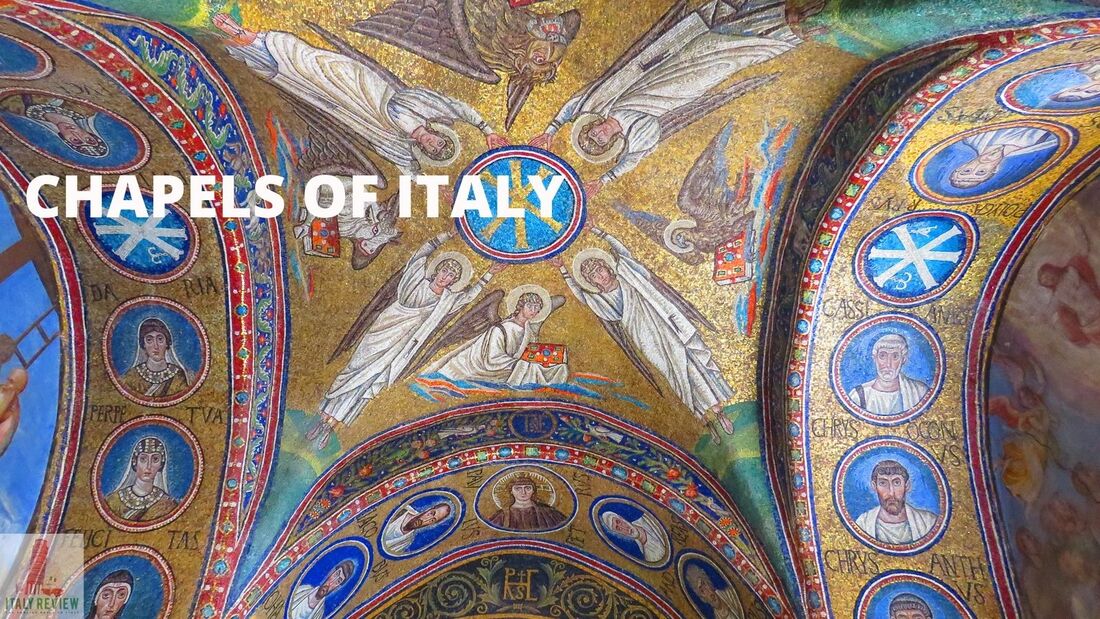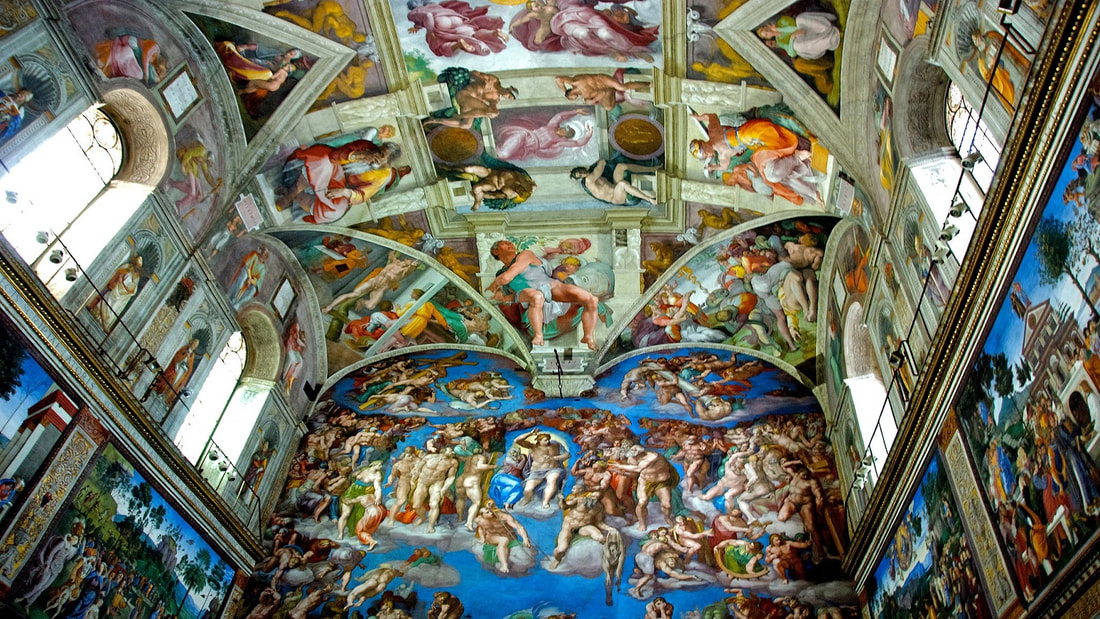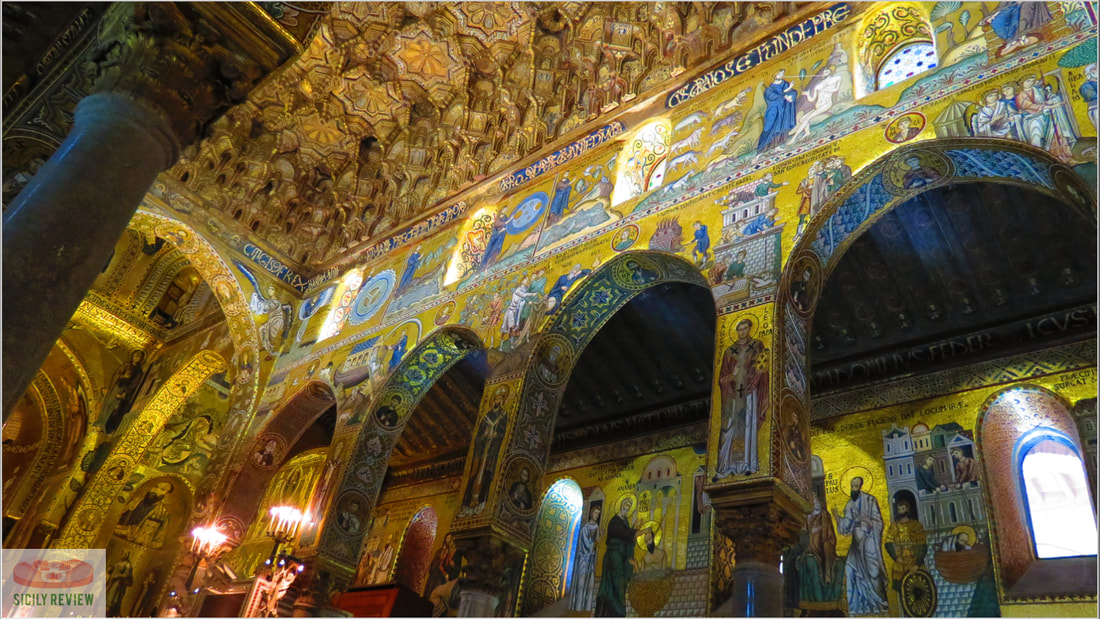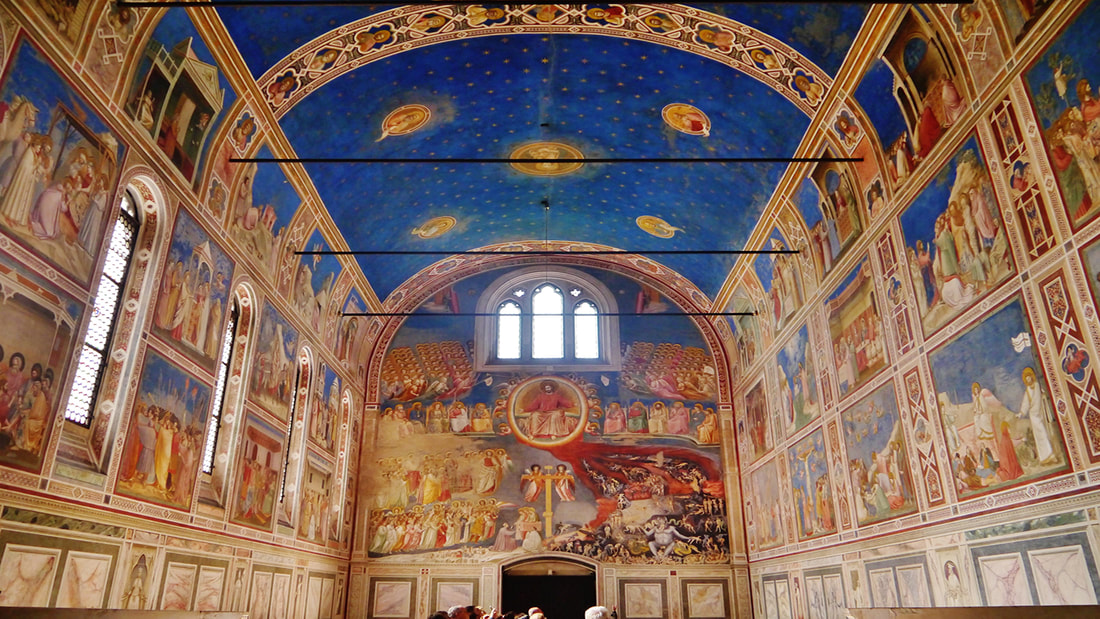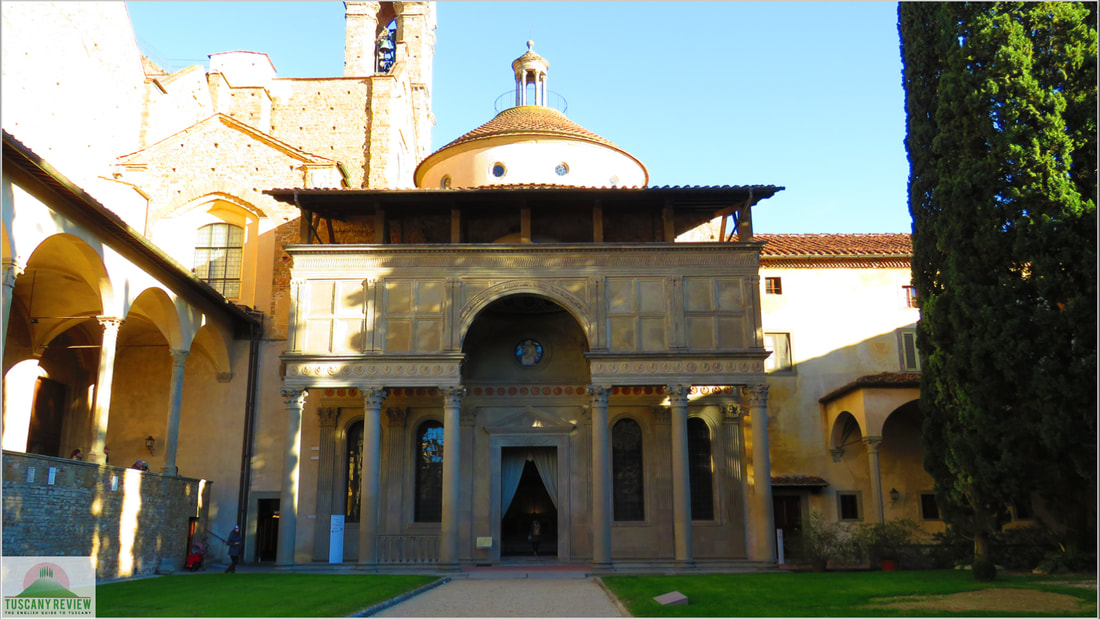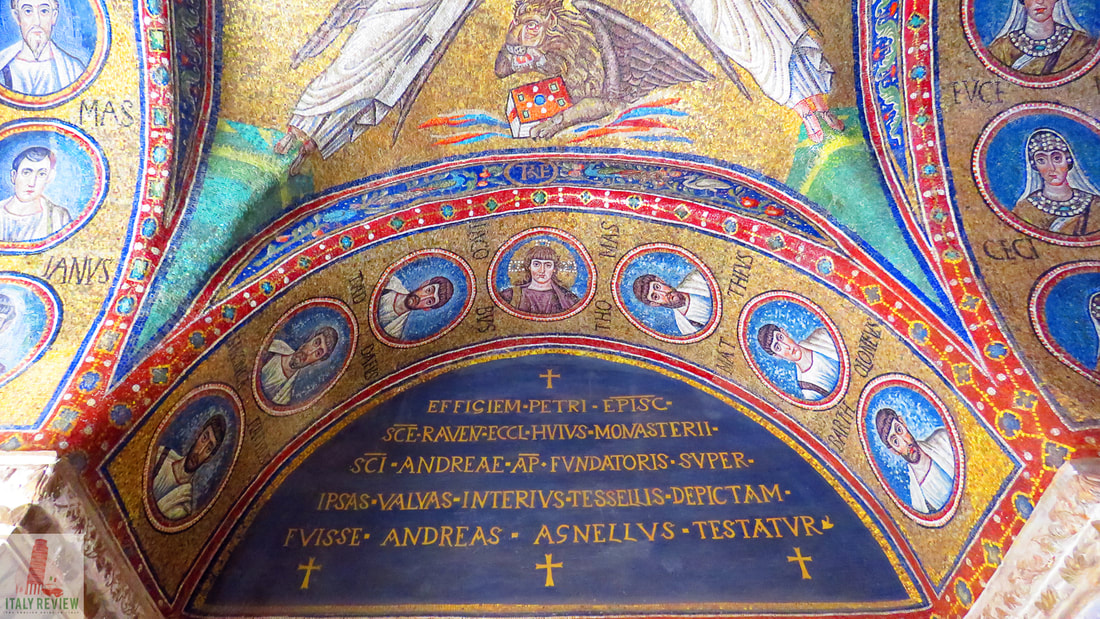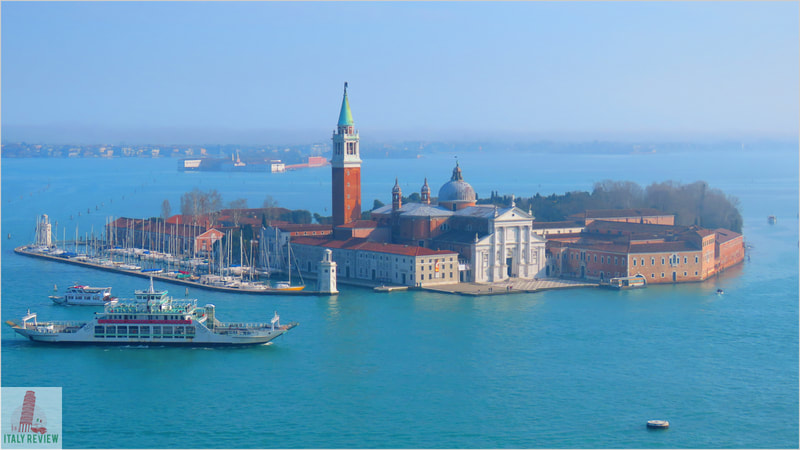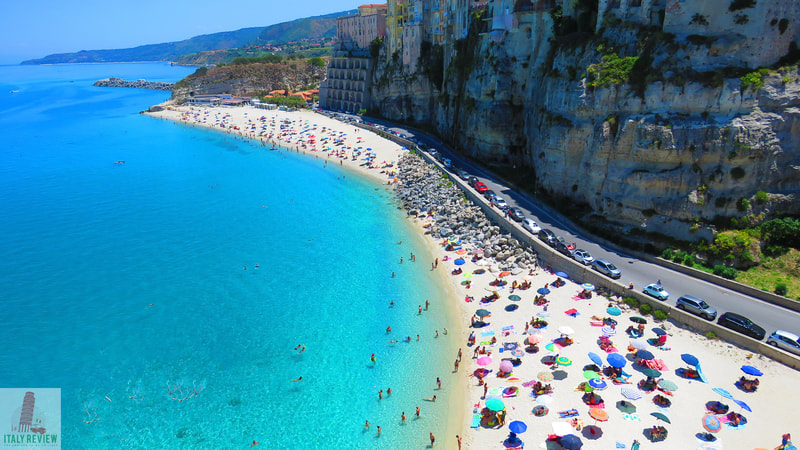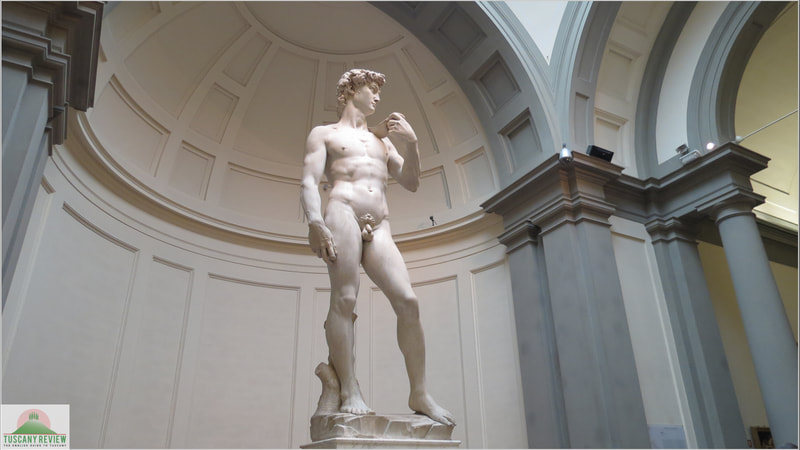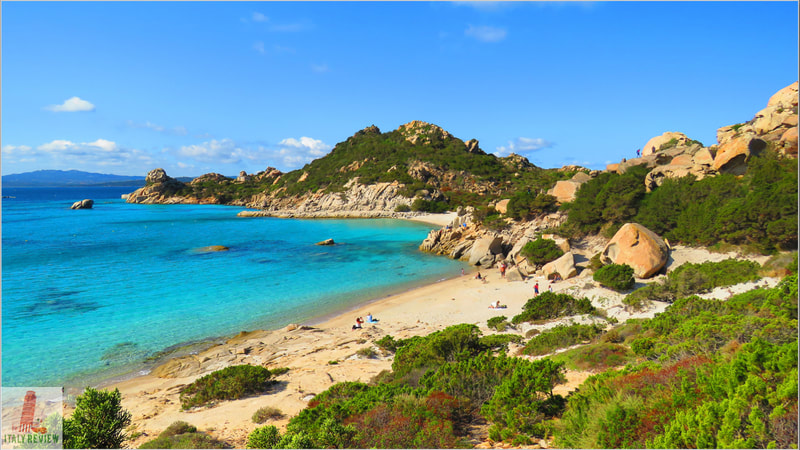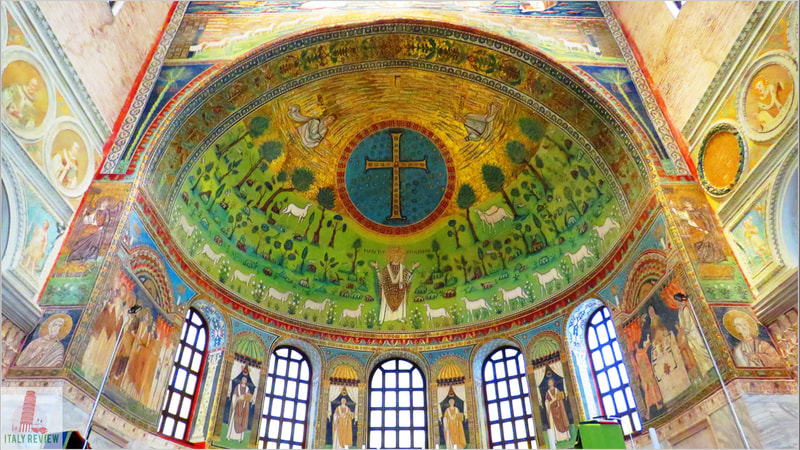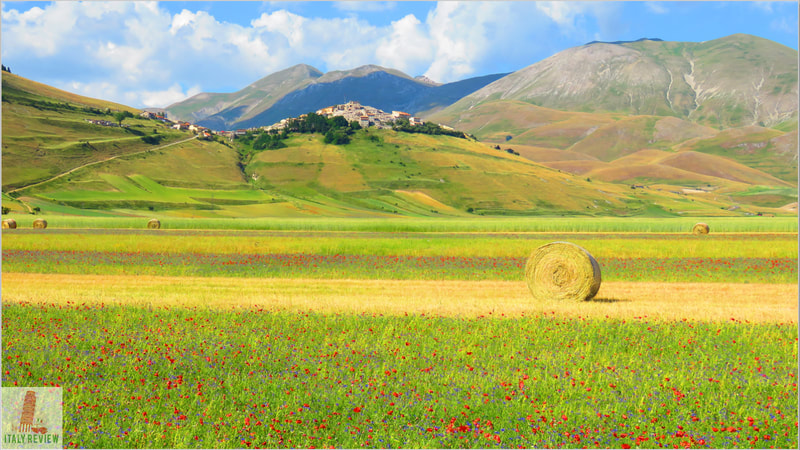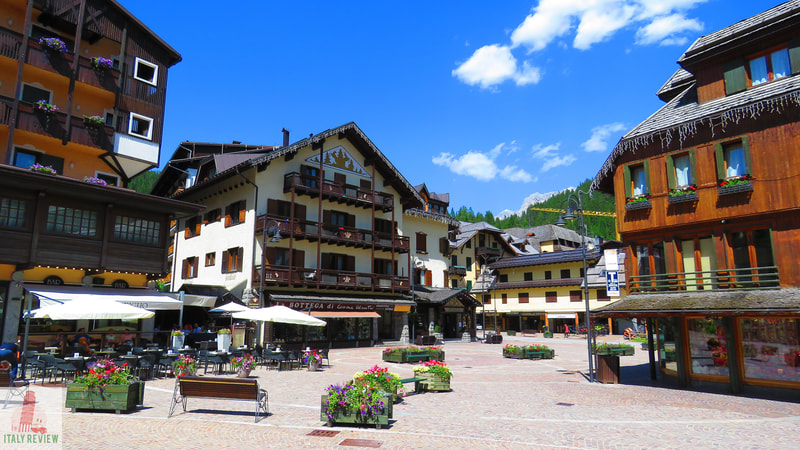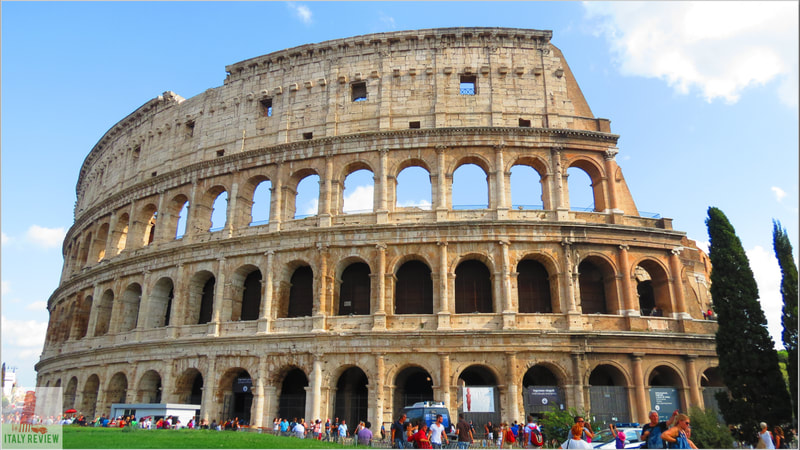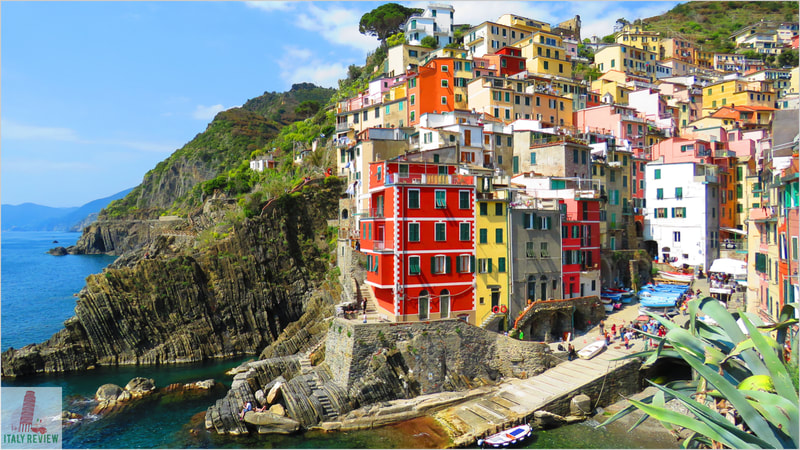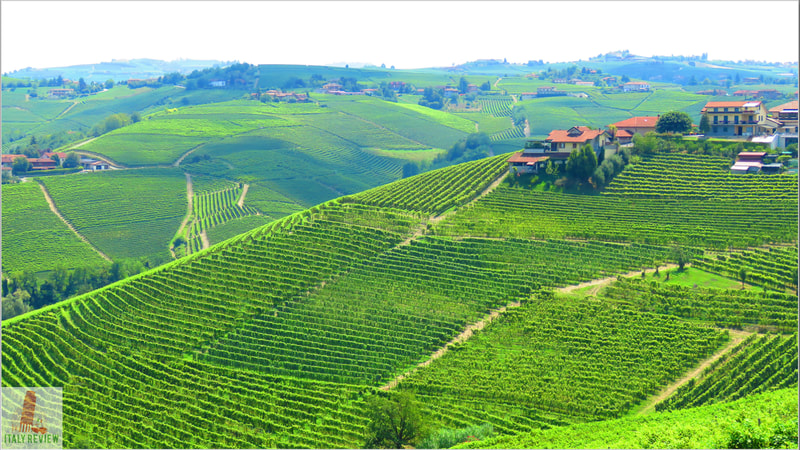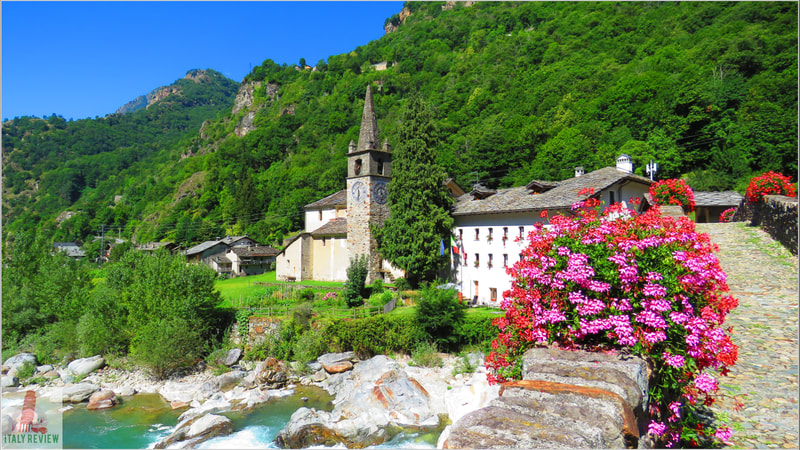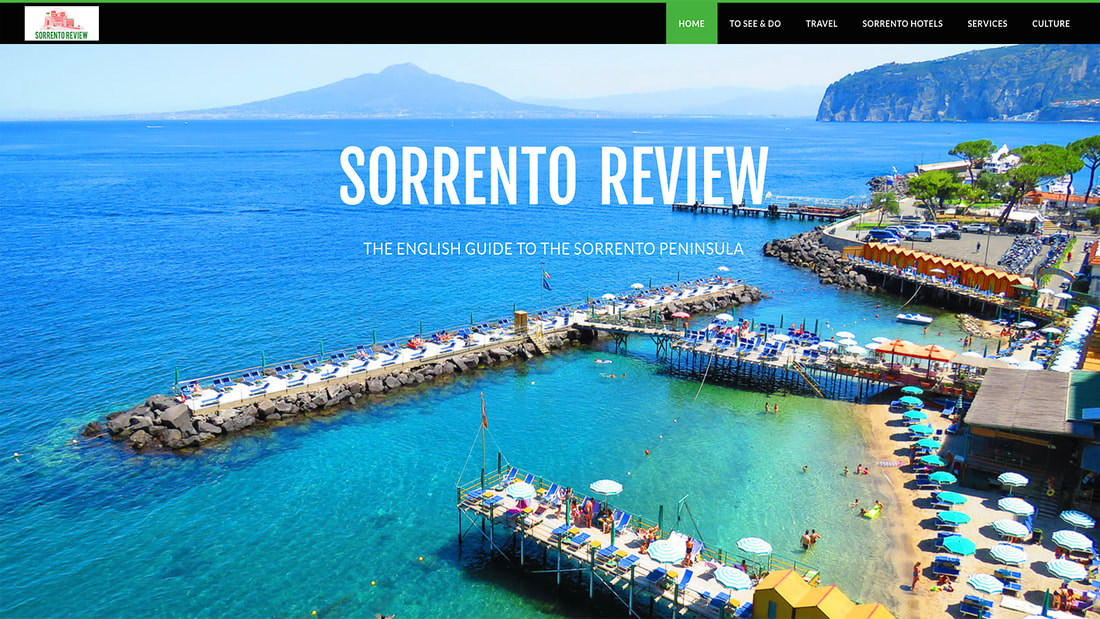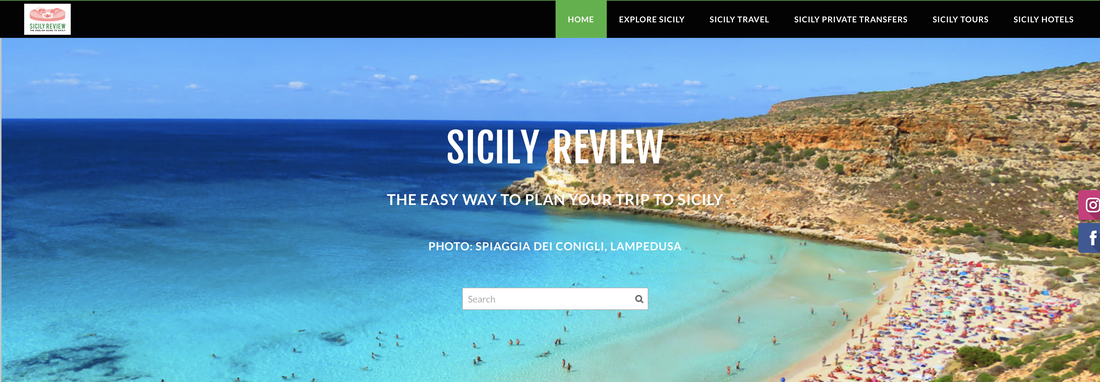Chapels of Italy
|
By Dion Protani
|
Latest update: 11 January 2024
|
|
This small collection of chapels of Italy recognises the need to highlight not only the churches, cathedrals and palaces that they're housed in, but the chapels themselves.
The fame of the Sistine Chapel in Rome with its ceiling fresco by Michelangelo spreads far and wide but outside of Italy, some glorious chapels are relatively little-known. The incredible Palatine Chapel in the Royal Palace of Palermo is like an Aladdin's Cave of gold mosaics while the tiny Scrovegni Chapel in the city of Padua in Veneto is famous for its frescoes by Giotto. |
The collection is completed by the Pazzi Chapel in Florence designed by Brunelleschi which forms part of the Basilica di Santa Croce complex.
Related links

